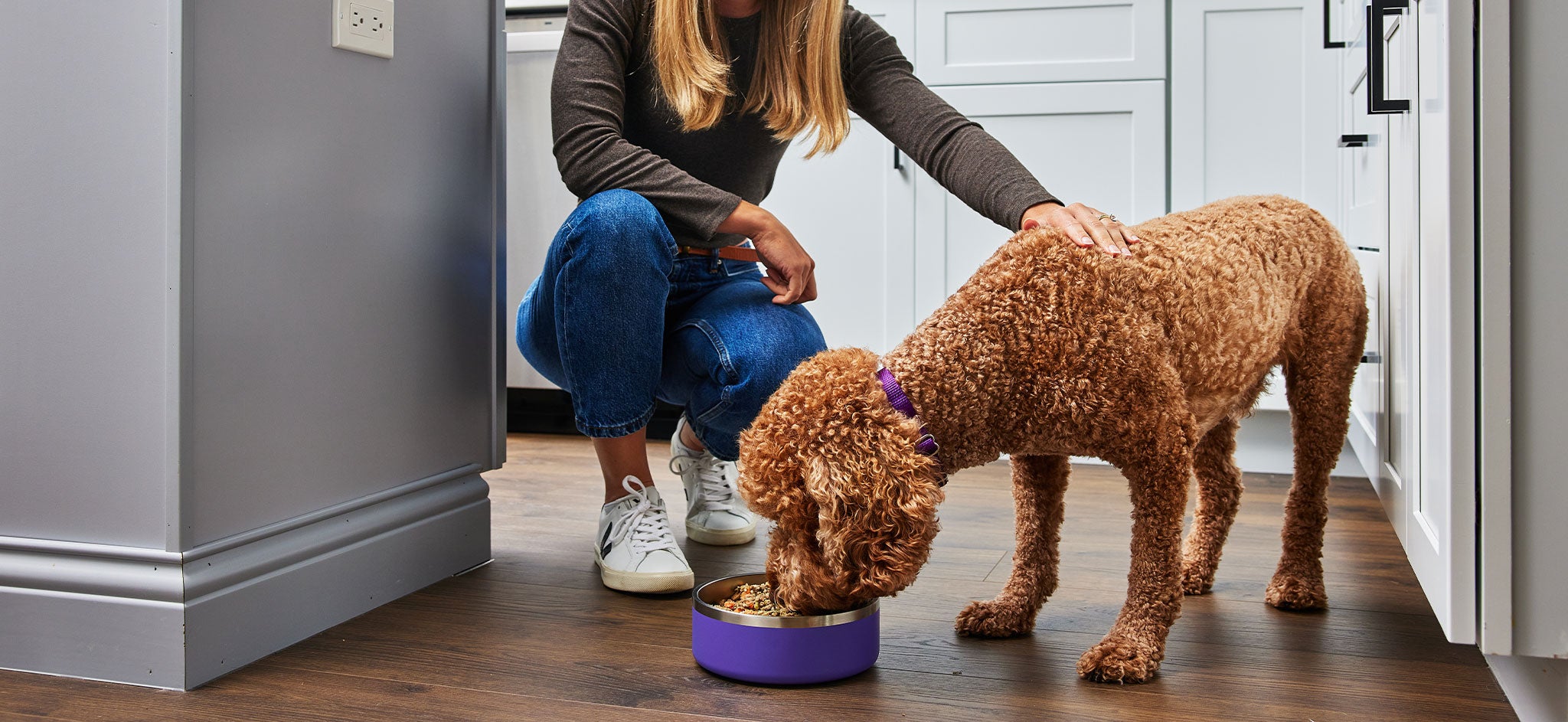News Blast: Your Daily Update
Stay informed with the latest news and trends.
Is Your Pet's Dinner a Gourmet Feast or a Mystery Stew?
Discover if your pet's meal is a gourmet delight or a puzzling mix! Uncover the secrets behind their dinner bowls today!
5 Signs Your Pet's Food Is a Gourmet Feast
When it comes to pet food, the term gourmet often conjures images of high-quality ingredients and delectable flavors. Here are 5 signs that your pet's food is indeed a gourmet feast:
- High-Quality Ingredients: A gourmet pet food will prominently feature real meats, vegetables, and grains. Look for options that list a specific meat source as the first ingredient, avoiding vague terms like 'meat meal.'
- Unique Flavor Combinations: Gourmet pet food often boasts unusual flavors or combinations, like lamb and pumpkin or salmon with sweet potatoes, appealing to your pet’s palate.
- Limited Ingredient Lists: Many gourmet options focus on simplicity, using fewer, high-quality ingredients without fillers or artificial additives.
- Special Dietary Needs: Gourmet pet foods often cater to specific dietary requirements, such as grain-free or high-protein diets tailored for pets with unique needs.
- Aesthetic Presentation: The packaging of gourmet pet food typically features beautiful designs, appealing visuals, and appealing textures that indicate thoughtful production.

Understanding Pet Food Labels: What’s Really in Your Pet’s Dinner?
When it comes to understanding pet food labels, the first step is to familiarize yourself with the key terms and components that appear on the packaging. Most labels start with the ingredient list, which is typically arranged in descending order by weight. Meat-based ingredients should appear at the top if you are looking for a high-quality diet. It’s also important to watch out for vague terms like 'meat' or 'meat by-products,' as these can signify lower-quality sources. Additionally, look for AAFCO statements that confirm the food meets certain nutritional standards. This can give you peace of mind knowing that your pet's dinner is not only palatable but also nutritious.
Another critical aspect of pet food labels involves understanding the nutritional breakdown provided on the Guaranteed Analysis section. This segment highlights the minimum percentages of protein and fat and the maximum percentages of fiber and moisture. For example, a label stating that a dog food contains 25% protein and 15% fat gives you a clear indication of its nutritional density. Ensure to compare these values with other products to determine the best option for your pet's needs. Finally, don’t forget to check for additives, artificial colors, and preservatives in the ingredient list, as these can affect your pet's health in the long run.
Is Your Pet Getting the Nutrition They Deserve or Just a Mystery Stew?
When it comes to your pet's diet, it can often feel like navigating a mystery stew of ingredients and labels. Many pet owners find themselves asking, “Is my pet getting the nutrition they deserve?” The truth is, not all pet foods are created equal. Some brands may prioritize profit over quality, resulting in products laden with fillers and artificial additives. To ensure your furry friend is receiving a balanced diet, it’s essential to read labels carefully, look for whole food ingredients, and consider consulting with a veterinarian who can provide guidance tailored to your pet’s specific needs.
One way to assess your pet’s nutrition is by evaluating their energy levels, coat condition, and overall health. If they appear lethargic, have a dull coat, or experience digestive issues, these may be signs that their diet is lacking essential nutrients. It’s also important to understand that different pets have different needs; for instance, a high-energy dog may require more protein, while a senior cat might benefit from a diet that supports joint health. If you suspect your pet's food resembles more of a mystery stew than a balanced meal, don't hesitate to make changes. Opt for high-quality foods that emphasize natural ingredients to truly nourish your pet and improve their quality of life.